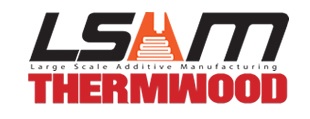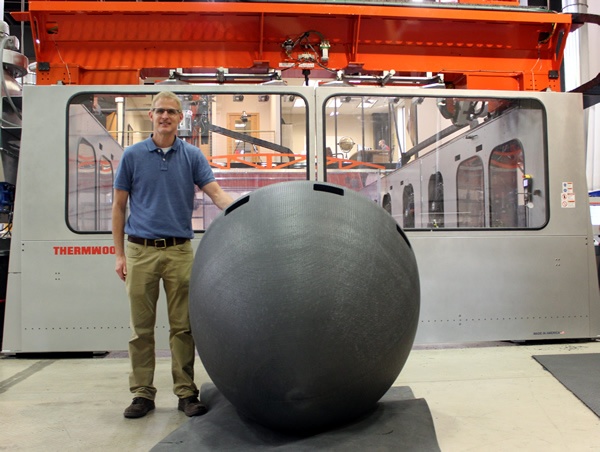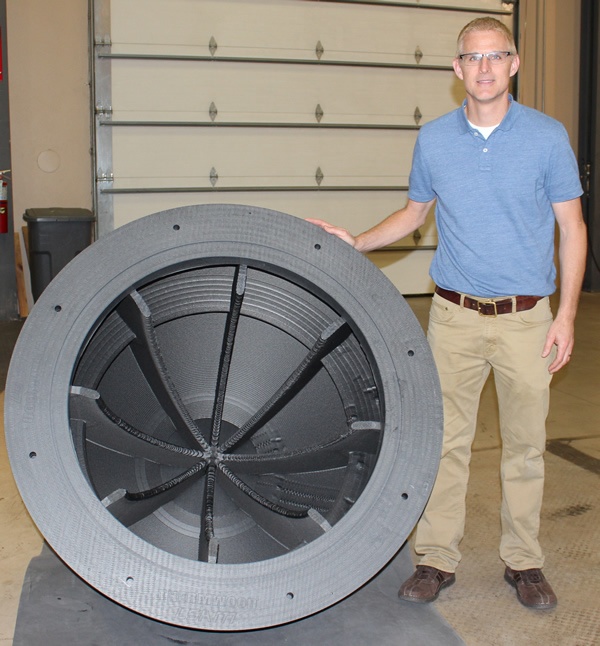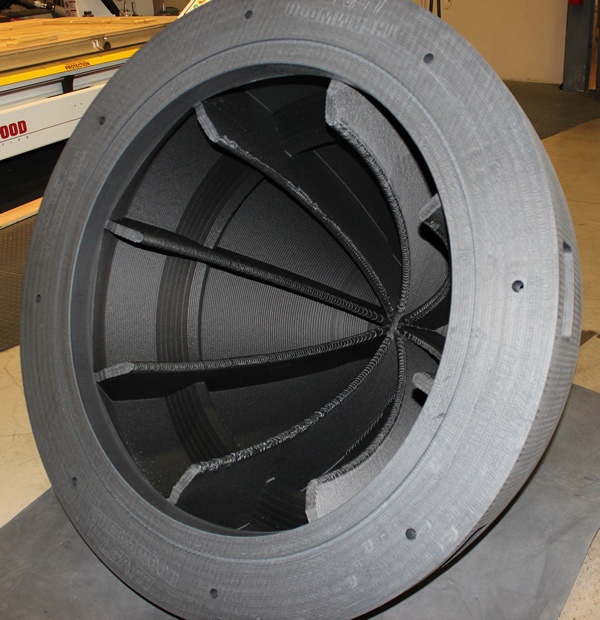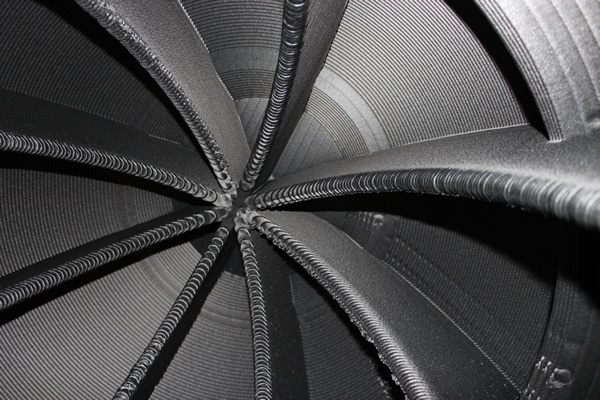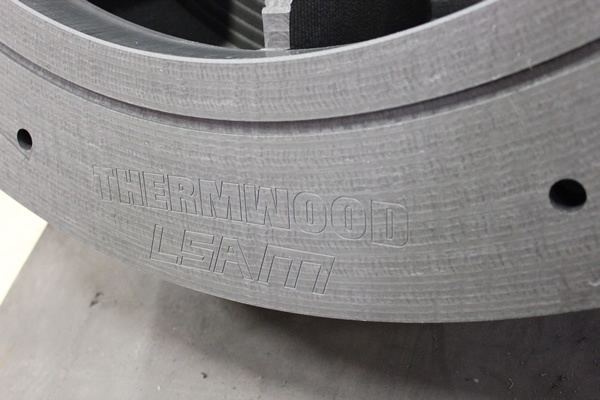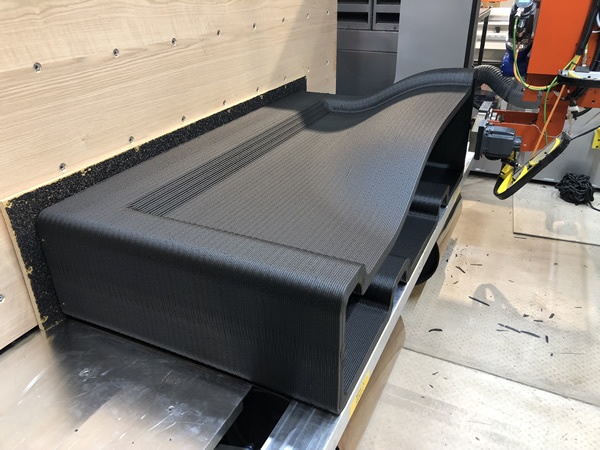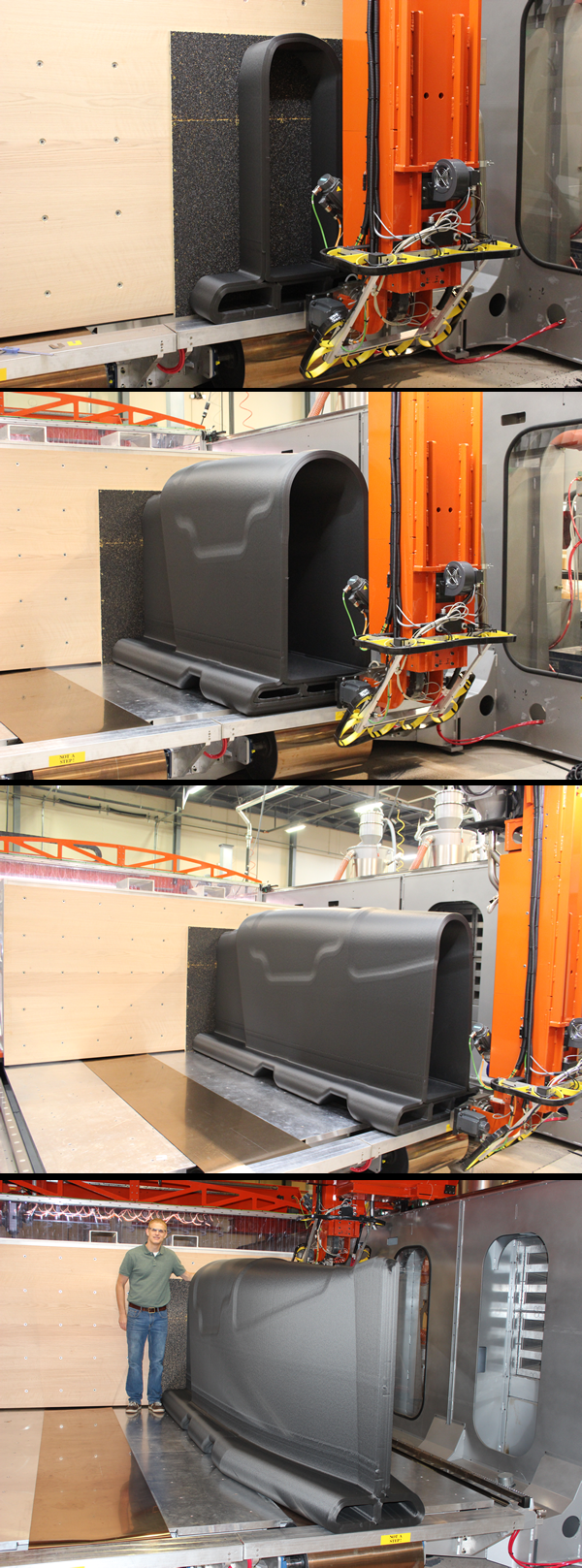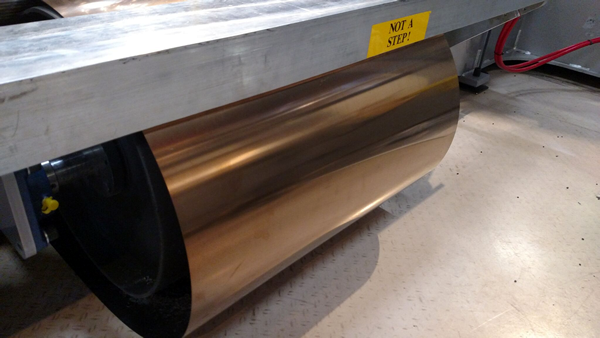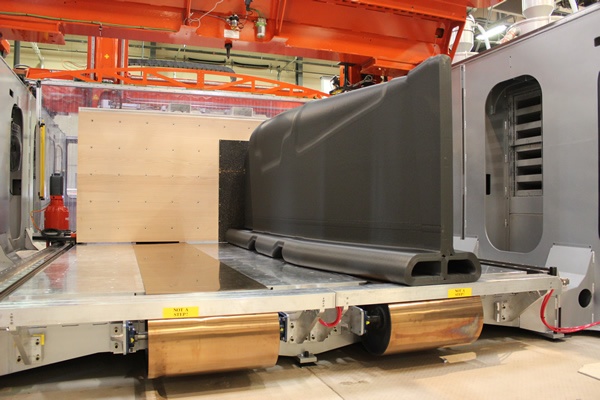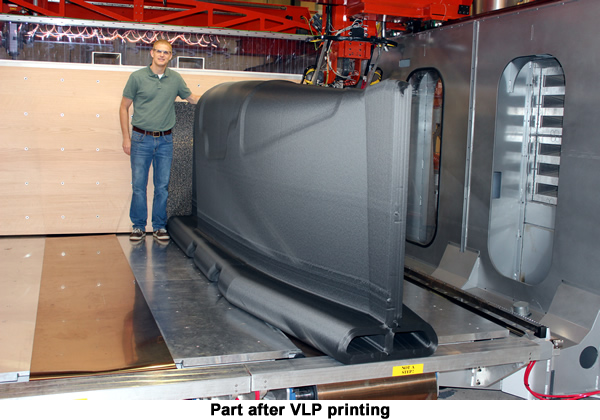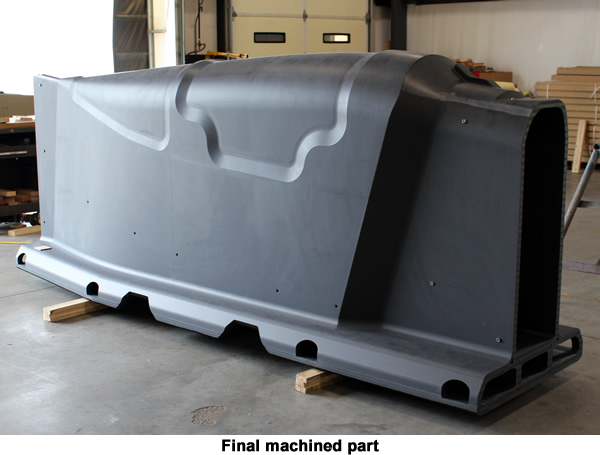The United States Air Force Research Laboratory (AFRL) Manufacturing and Industrial Technology Division (ManTech) is interested in large scale polymer-based additively manufactured (AM) composite cure tooling. Boeing submitted an idea to ManTech’s Open BAA to evaluate the current state of additive manufacturing technology with respect to the fabrication of low cost autoclave capable tools for the production of composite aerospace components. The initial demo tool is for an AFRL concept aircraft fuselage skin (Figure 1). Boeing contracted Thermwood to demonstrate capability of their Large Scale Additive Manufacturing (LSAM) machine.
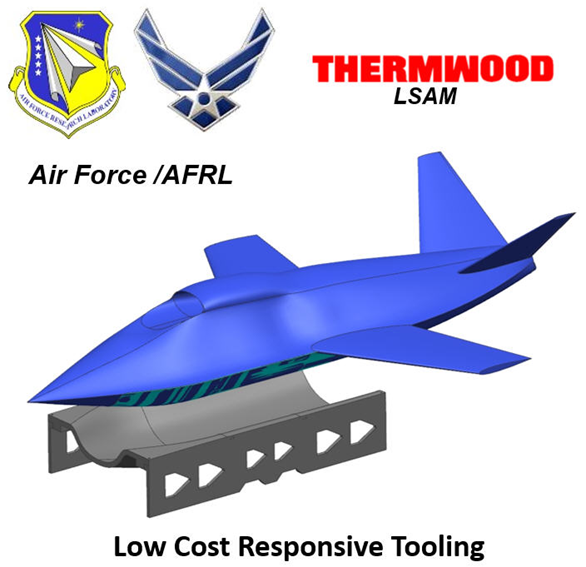
Figure 1: Air Force Research Laboratory Conceptual Aircraft & Full-Scale Tool
Please click below for video
The Thermwood LSAM machine offers an innovative additive manufacturing machine capability with its Vertical Layer Printing (VLP). The vertical layer printing AM process provides a significant cost benefit by increasing the size components can be printed, thus reducing assembly cost for large tools. To validate the VLP process using high temperature autoclave-capable materials, Boeing and AFRL chose to 3D print a section of the large tool to evaluate the LSAM functionality. The Mid-Scale tool was printed on Thermwood’s LSAM Additive Manufacturing Demonstration machine in Southern Indiana using a 40mm print core running 25% carbon fiber reinforced Polyethersulfone (PESU).
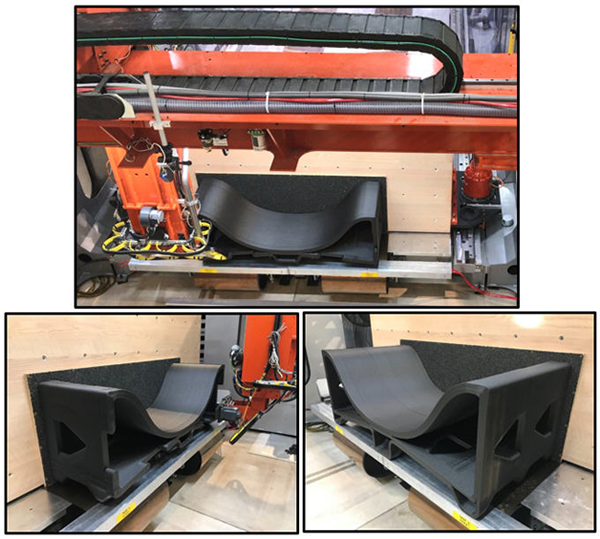
The initial test tool has the same width, height and bead path as the final mold, incorporates all major features of the final mold, but compressed in length being only 4 feet long. The final tool will be over 10 feet long. The Mid-Scale tool set a milestone achievement as the first high temperature tool printed using the VLP system. The Mid-Scale tool required 5 hours, 15 minutes to print with a print weight of 367 lbs. After final machining, the tool was probed for surface profile and tested for vacuum integrity. The tool passed room temperature vacuum test and achieved dimensional surface profile tolerances. The Full-Scale tool will weigh approximately 1400 pounds and require 18 hours to print.
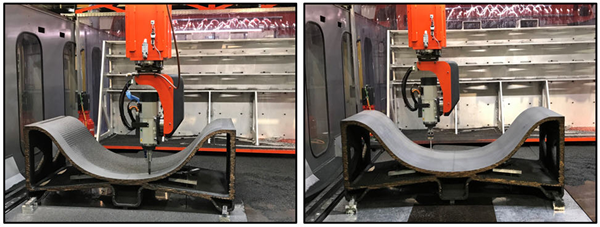 Figure 3: Machining (left) and Probe (right) operation on a Thermwood LSAM
Figure 3: Machining (left) and Probe (right) operation on a Thermwood LSAM
The program is progressing to the next step, producing a full size tool. Boeing and the Air Force are carefully documenting all operational parameters of the project to transition the technology to production programs. Additive manufactured autoclave tooling offers significant advantages over traditional methods of producing these tools. 3D printed tooling is less expensive and can be fabricated in days or weeks rather than months.
AFRL is very interested in tooling approaches for the Low-Cost Attributable Technology (LCAAT) program which has a goal to break the cost growth curve and field new systems faster. AFRL Program Manager Andrea Helbach says, “We are interested in additively manufactured tooling’s ability to reduce the cost and time to procure autoclave capable tooling. Additionally, AM tooling supports changes in vehicle design with minimal non-recurring expenses.”
“Future fielded low cost, but capable UAV’s will need a responsive materials and manufacturing processes strategy” says Craig Neslen, LCAAT Initiative Manufacturing Lead. “Additive manufactured composite tooling is one of many technologies being evaluated to ensure the industrial base can handle future manufacturing surge requirements as well as accommodate periodic system tech refresh activities which could necessitate minor vehicle design changes at an acceptable cost.”
More Information on LSAM
LSAM is based on exciting new technology developed from an entirely new direction.
LSAM is intended for industrial production. It is not a lab, evaluation or demonstration machine, but is instead a full-fledged industrial additive manufacturing system intended for the production of large scale components.
Thermwood has already applied for 19 separate patents on various aspects of this new technology (several have already been granted and more will be coming as development continues). LSAM is truly “state of the art” in this exciting new world of Large Scale Additive Manufacturing.
The Secret to LSAM Print Quality...A Different Process


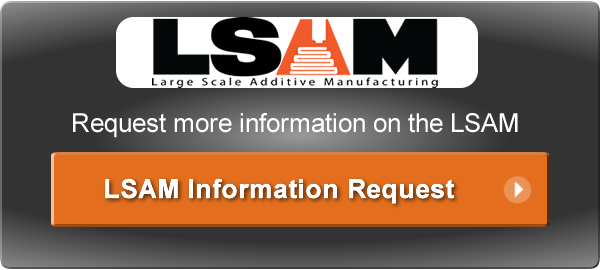

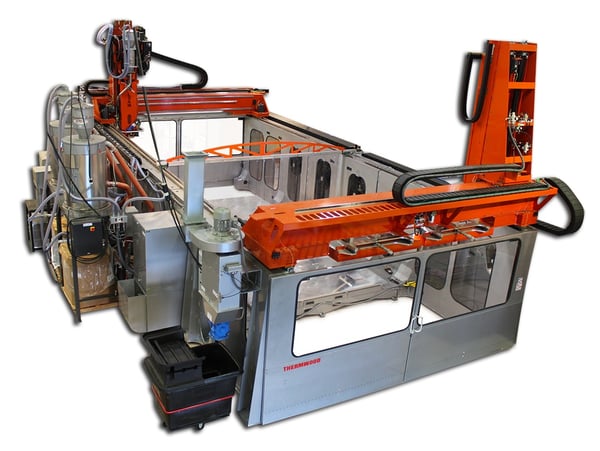
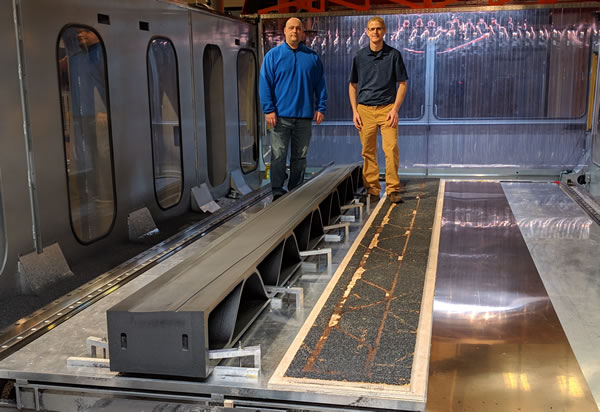

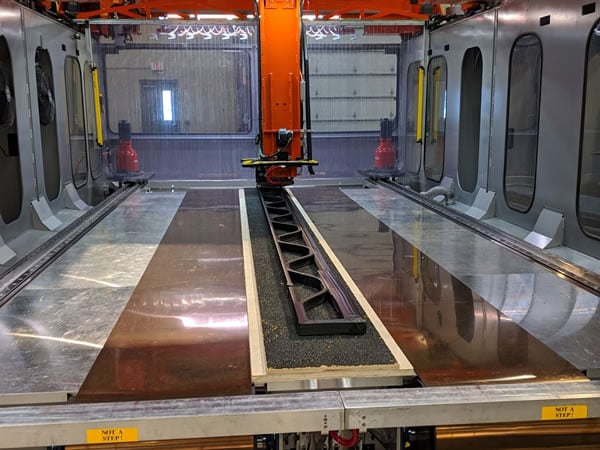
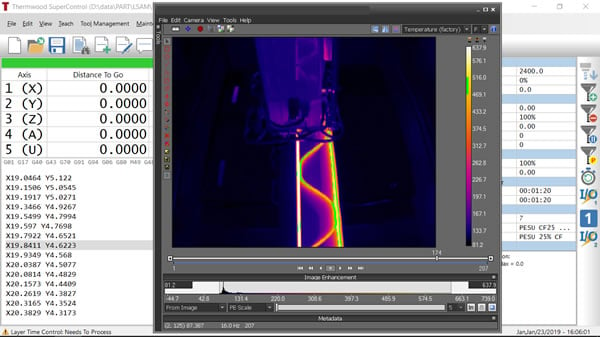
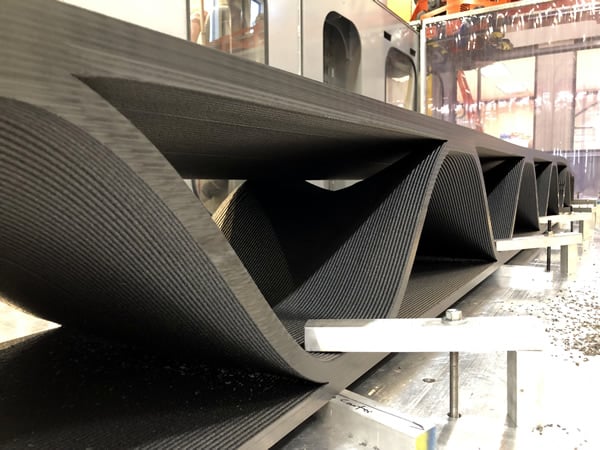
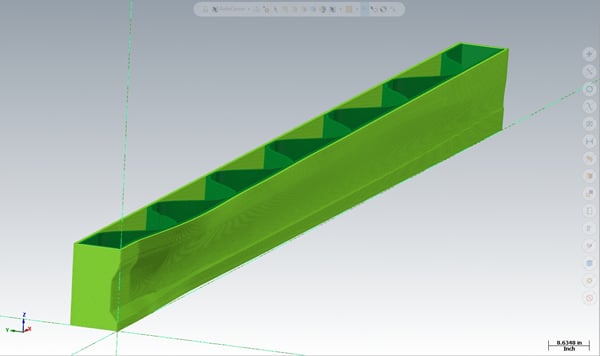
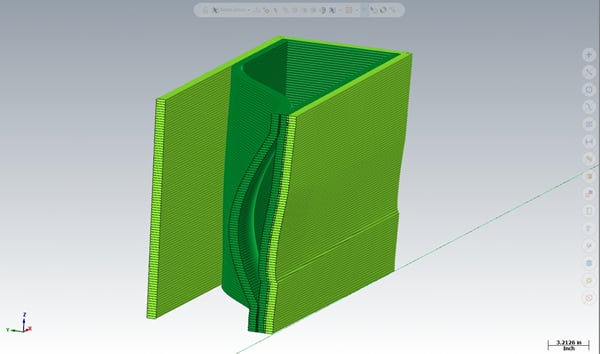
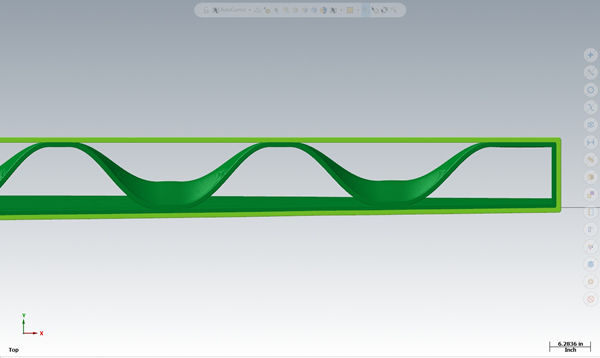

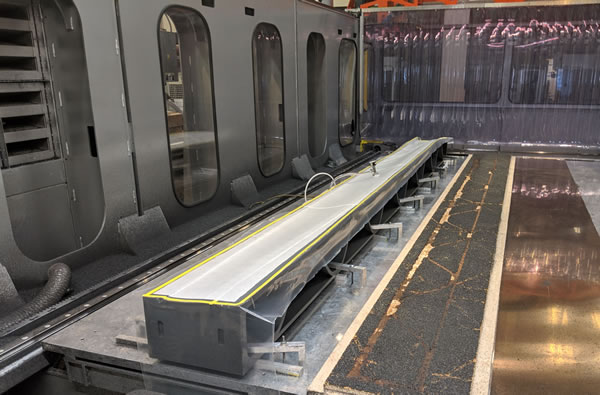
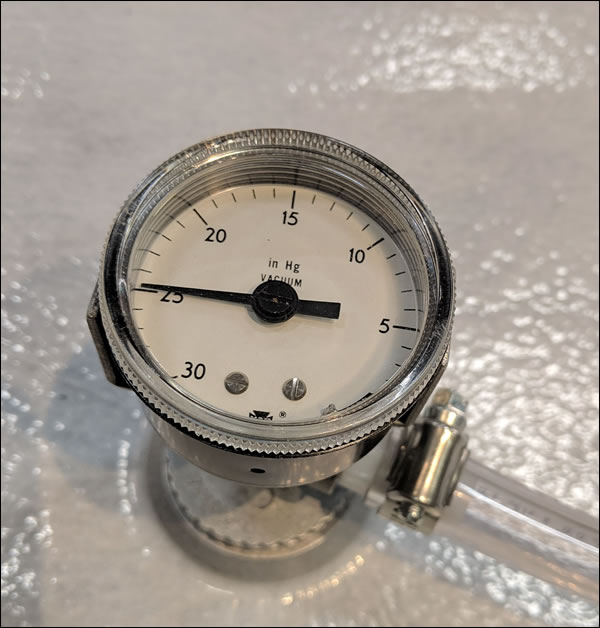

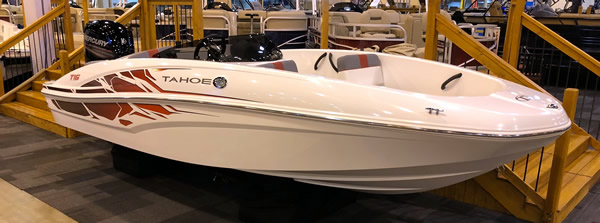
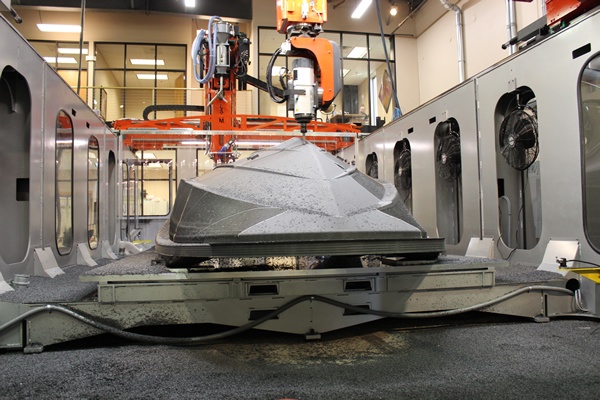
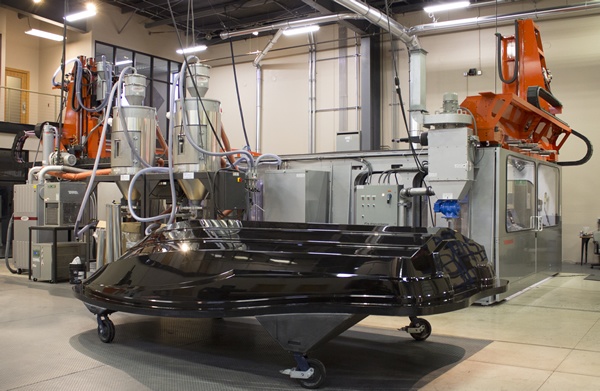
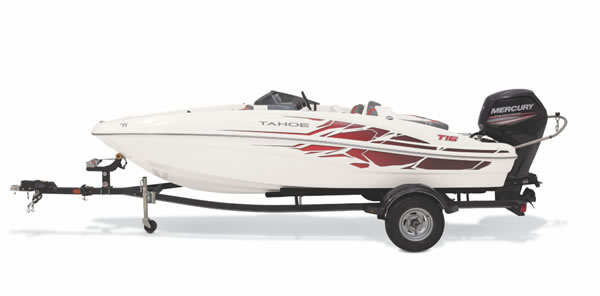


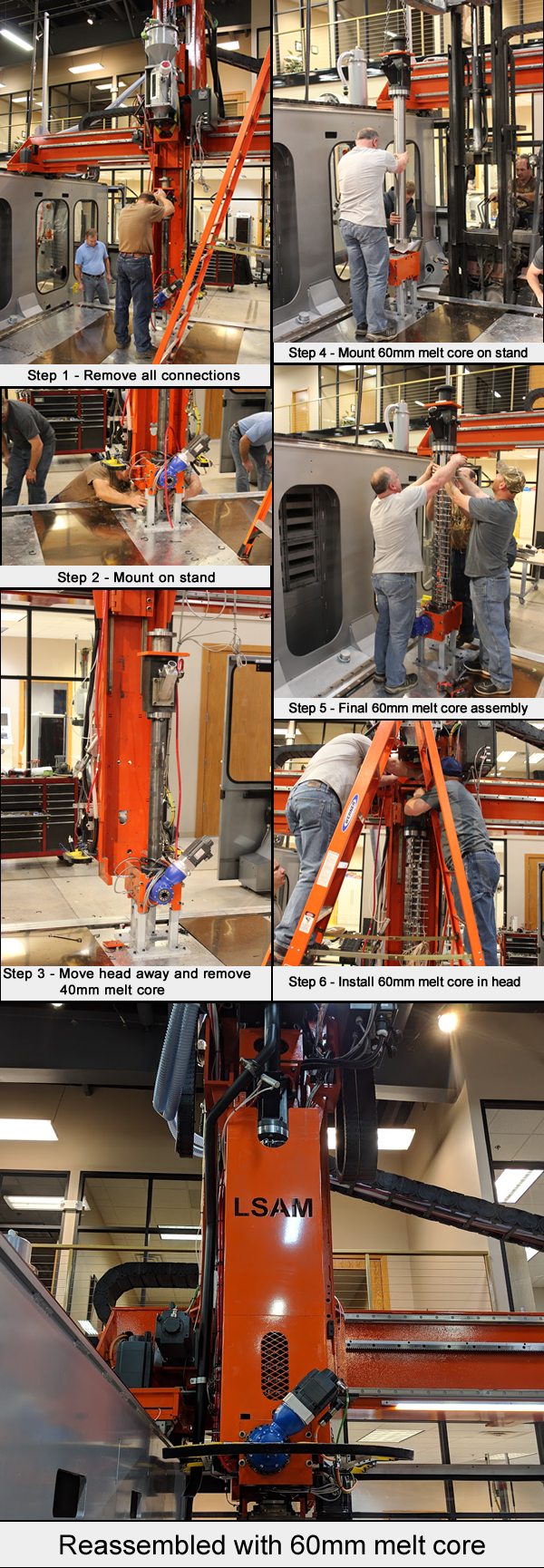
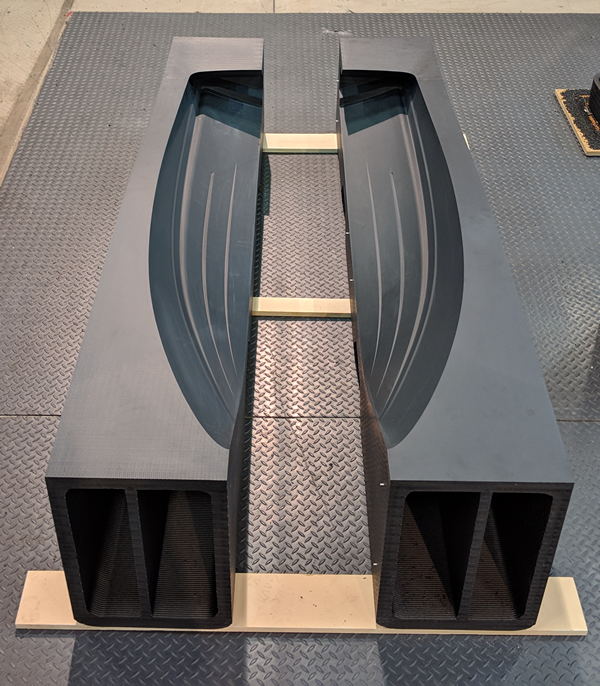
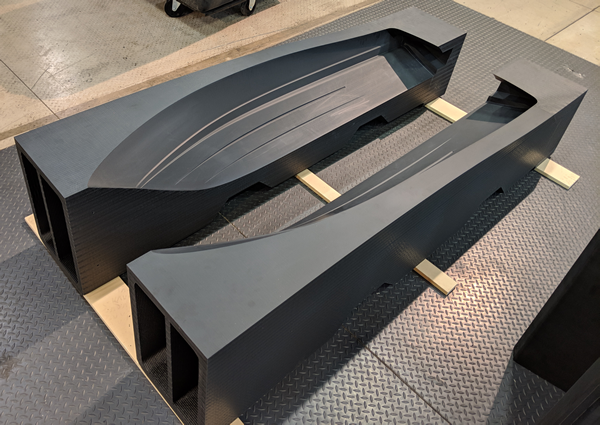
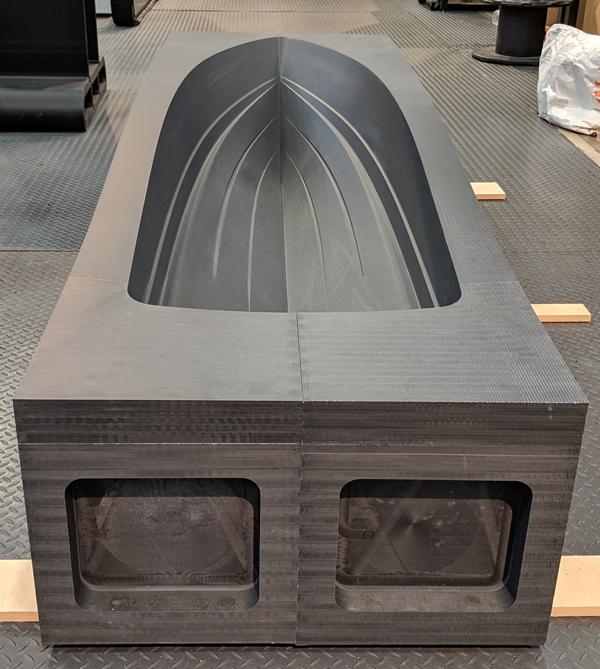
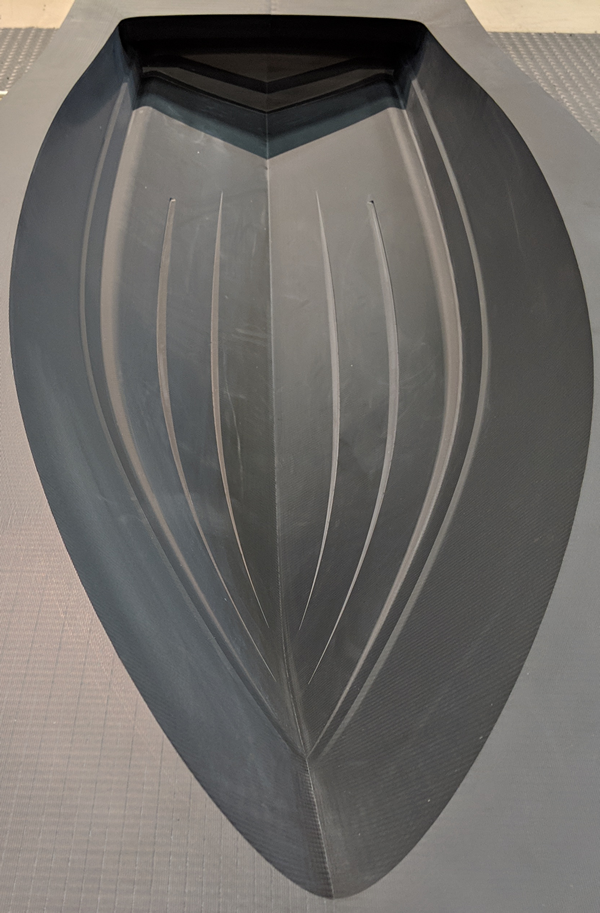
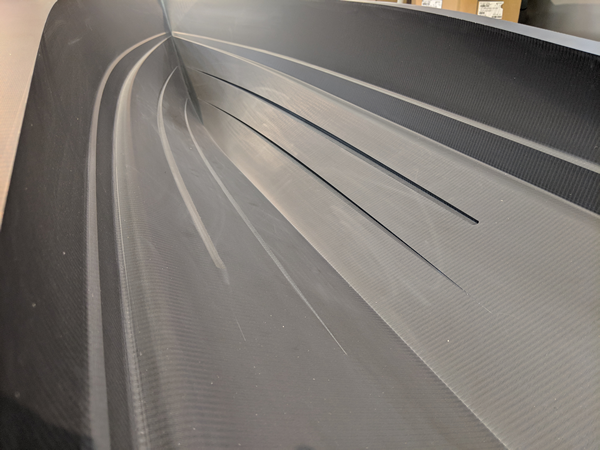
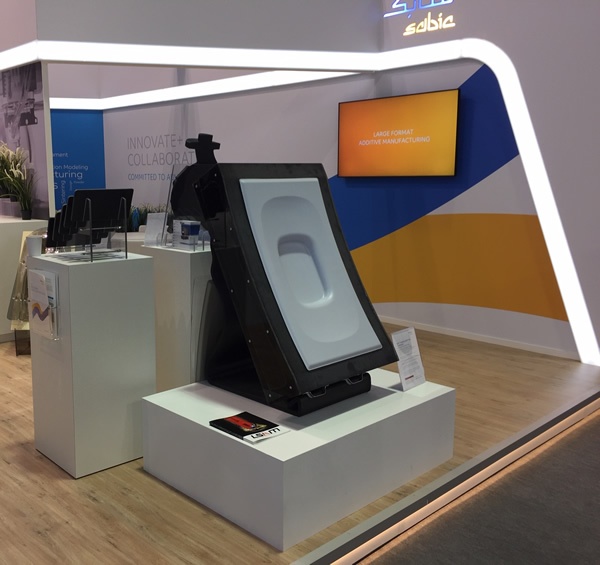
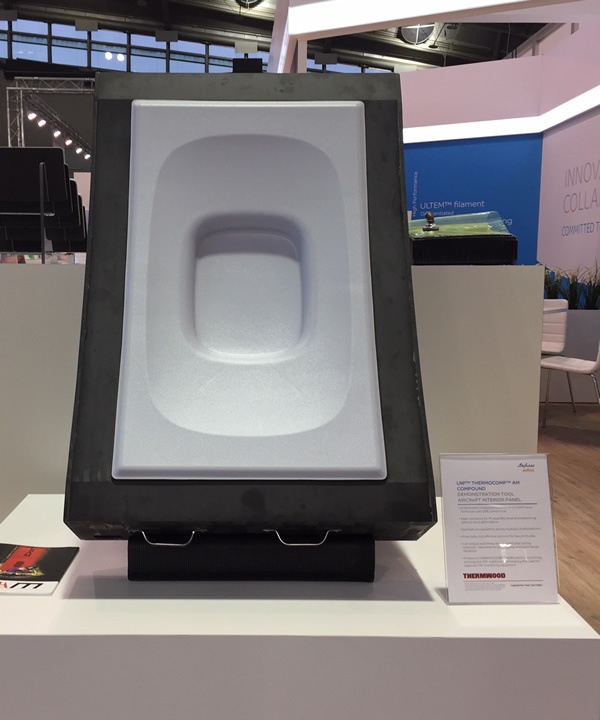
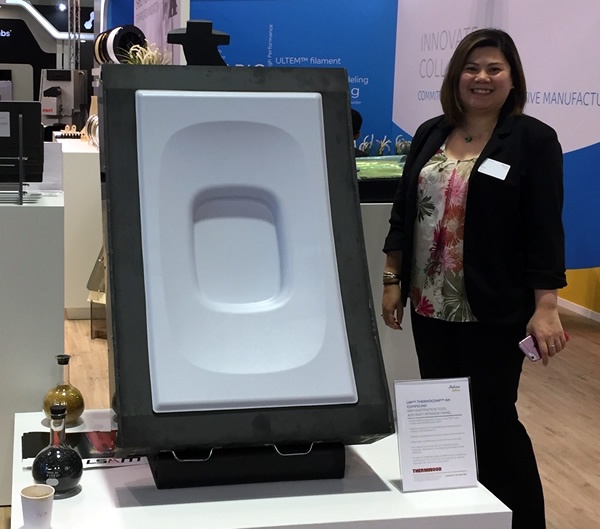
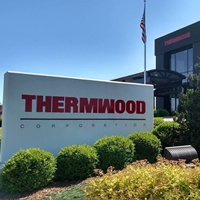 Thermwood is a US based, multinational, diversified CNC machinery manufacturer that markets its products and services through offices in 11 countries. Thermwood is the oldest manufacturer of highly flexible, 3 & 5 axis high-speed machining centers known as CNC routers. Thermwood has also become a technology leader in large scale additive manufacturing of thermoplastic composite molds, tooling, patterns and parts with its line of LSAM (Large Scale Additive Manufacturing) machines that both 3D print and trim on the same machine.
Thermwood is a US based, multinational, diversified CNC machinery manufacturer that markets its products and services through offices in 11 countries. Thermwood is the oldest manufacturer of highly flexible, 3 & 5 axis high-speed machining centers known as CNC routers. Thermwood has also become a technology leader in large scale additive manufacturing of thermoplastic composite molds, tooling, patterns and parts with its line of LSAM (Large Scale Additive Manufacturing) machines that both 3D print and trim on the same machine.